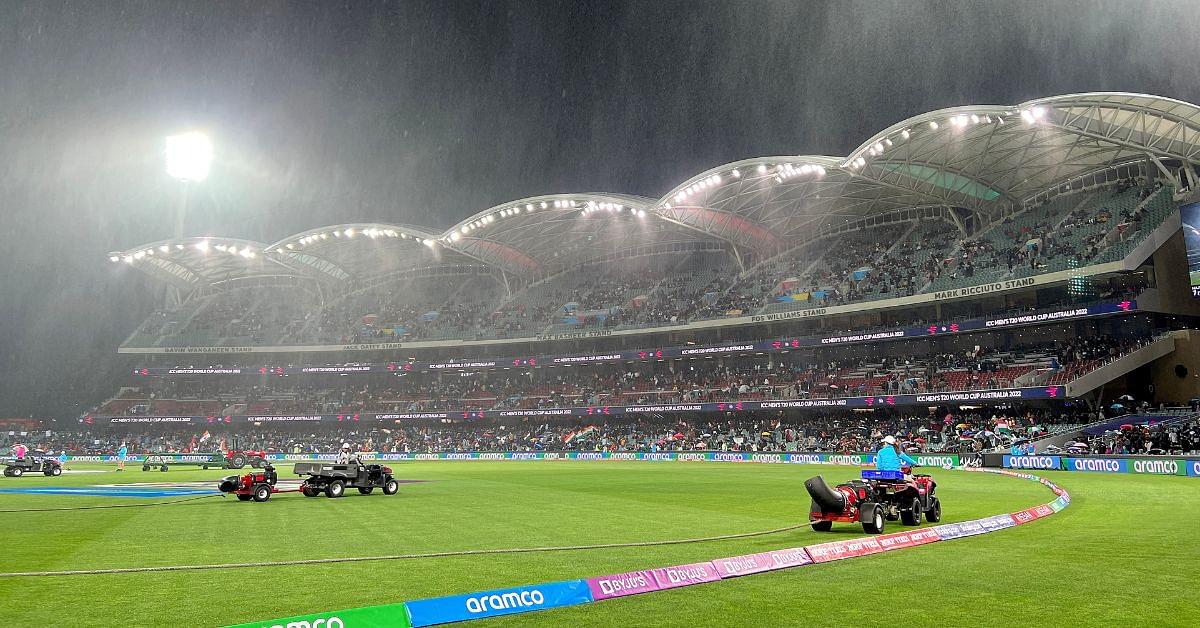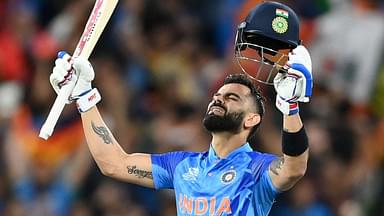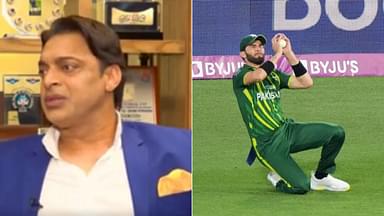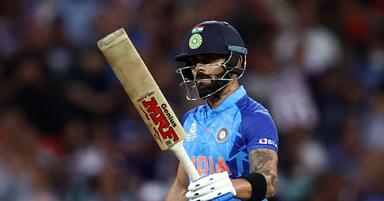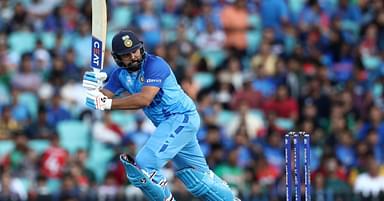The ICC T20 World Cup 2022 Super 12 match between India and Bangladesh at the Adelaide Oval in Adelaide got interfered by rain in the 2nd innings. If the rain does not stop, the DLS method will be used to identify the result of the match as the Bangladesh side has already played 7 overs.
Advertisement
India posted a good score of 184/5 in the first innings, where Virat Kohli and KL Rahul scored their respective half-centuries. This is Kohli’s 3rd half-century in the tournament, whereas Rahul has played his first good knock of the tournament. Bangladesh’s Hasan Mahmud took 3 wickets.
Bangladesh went off to a blazing start in their innings, where they scored 66-0 in just 7 overs. Litton Das completed his half-century and was on 59 runs in 26 balls when rain interrupted the match. According to DLS, Bangladesh are 17 runs ahead of the revised target.
What is DLS Method in cricket T20
The DLS method or Duckworth Lewis Method is used in cricket to determine the results in cricket matches that are disturbed by weather conditions. This rule is named after English statisticians Frank Duckworth and Tony Lewis. This rule was first used in 1997. However, in 2015, Australian Steve Stern updated the formula.
It is very tough to know how the DLS actually works, even the best of the best players cannot predict the DLS score. Under this formula, a lot of factors such as match situations, wickets remaining, and overs remaining come into play. The wickets and overs are termed as resources under this formula.
The values of the resources are not public, and it is calculated by computer. This is interesting that the data gets updated every July, and the umpires have different DLS tables in different games as per calculated by the computer. So, it is almost impossible to calculate the exact DLS score.
However, there are some conditions in order to use the DLS system. In a T20 match, a minimum of 5 overs should be played in both innings, whereas in ODIs, it should be a minimum of 20 overs in both innings.
